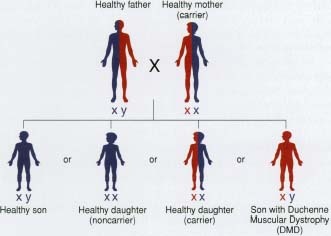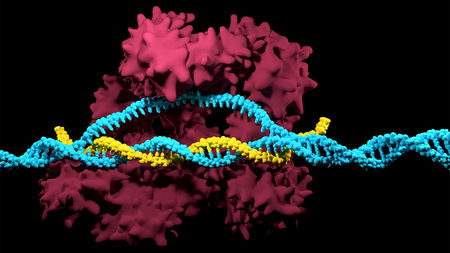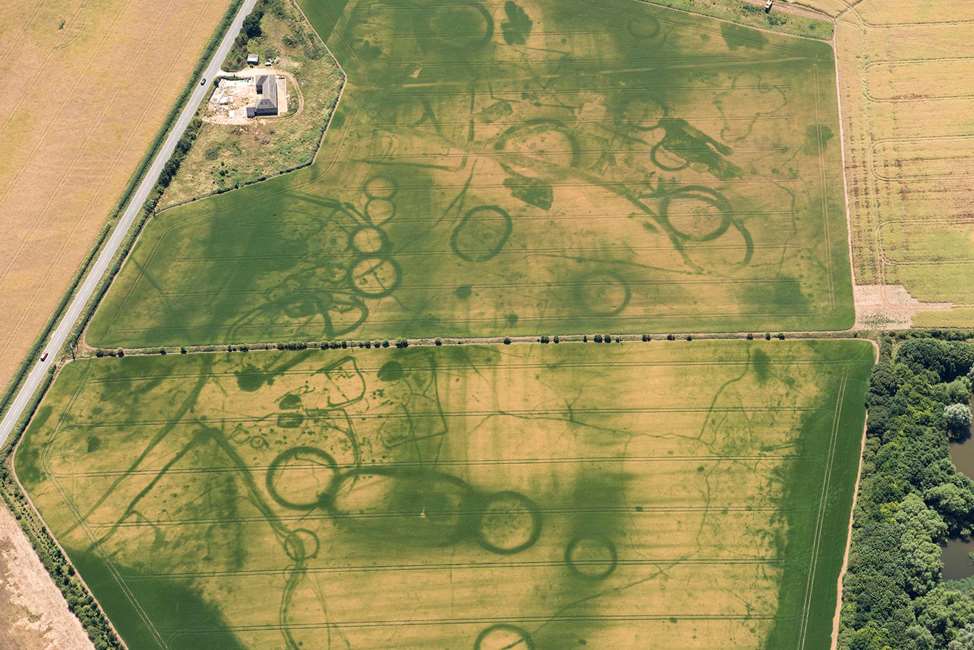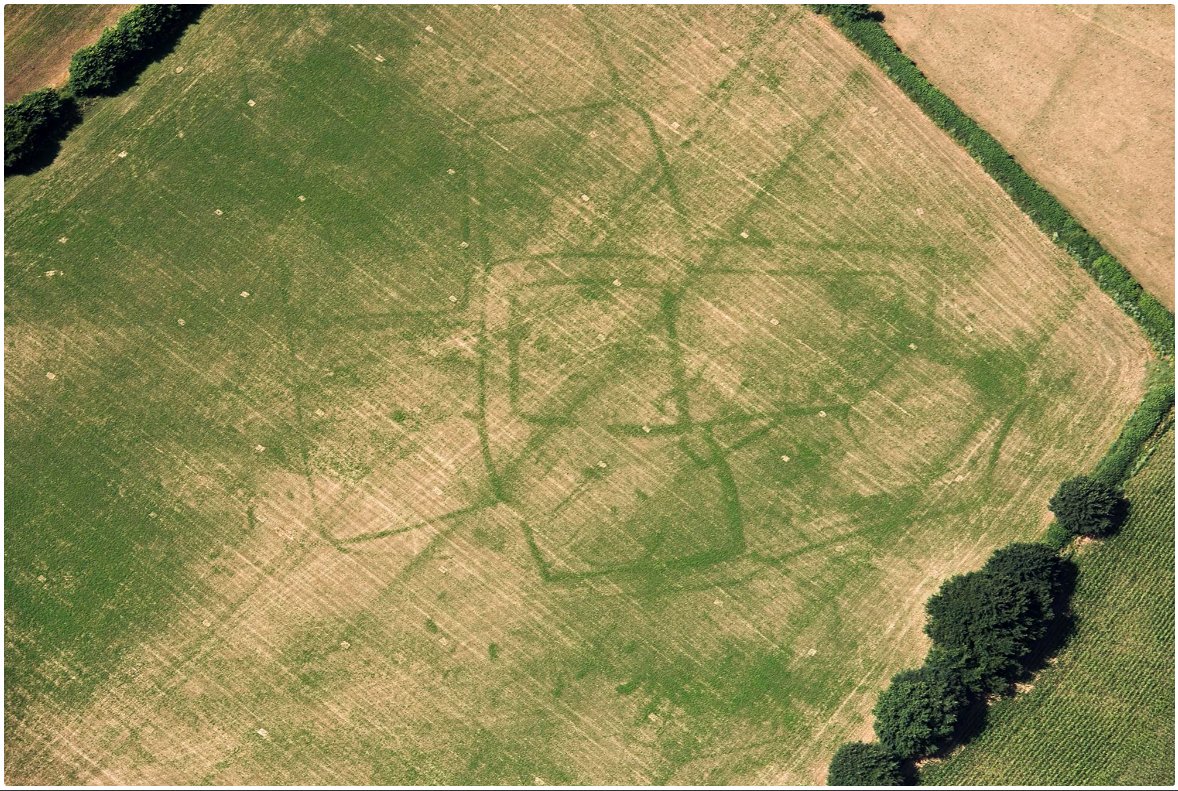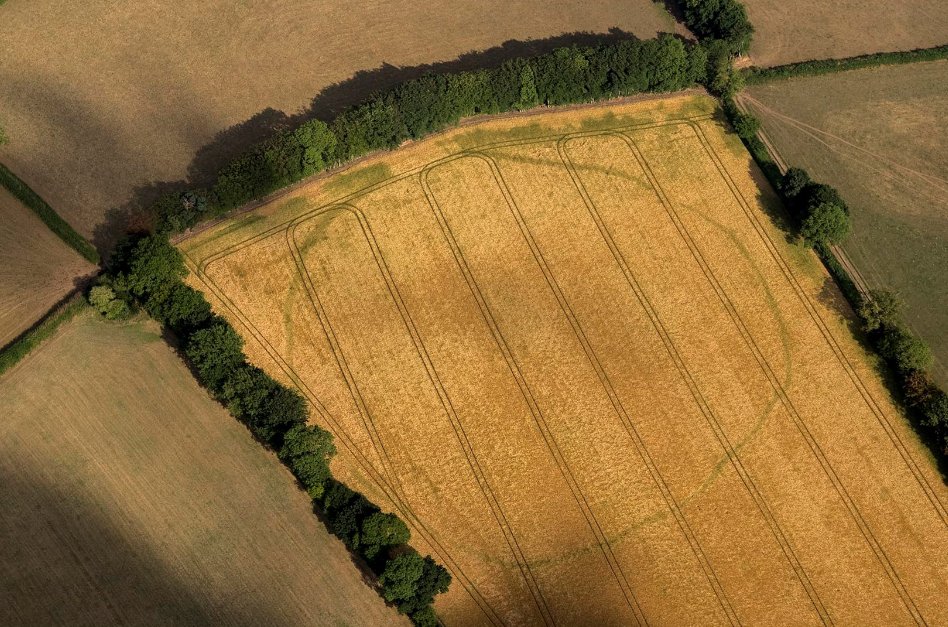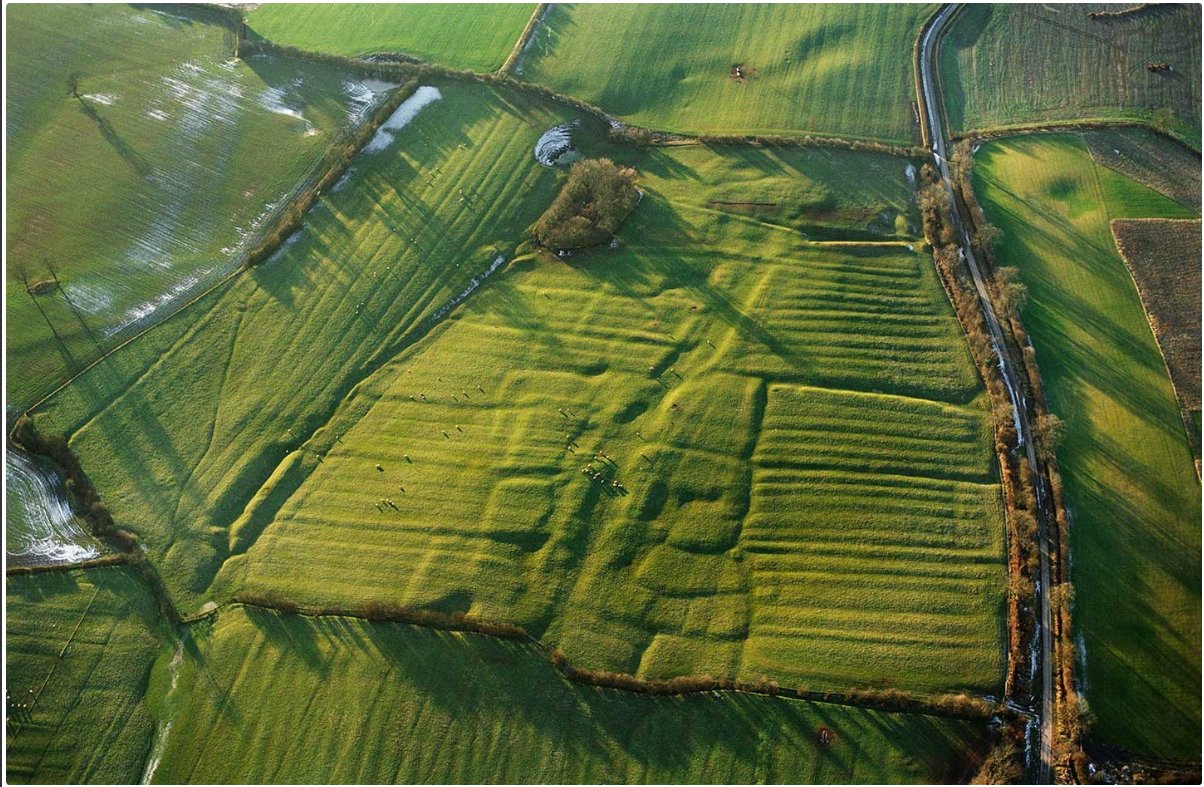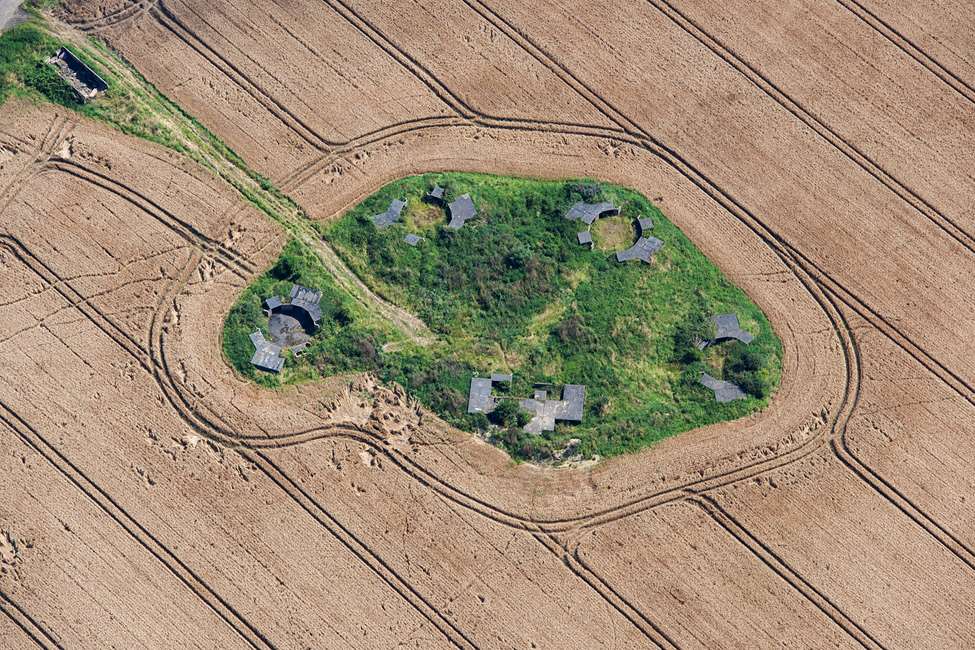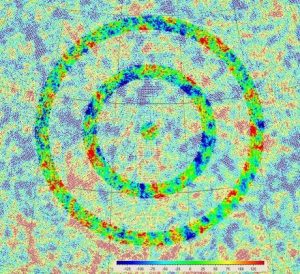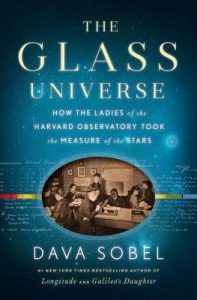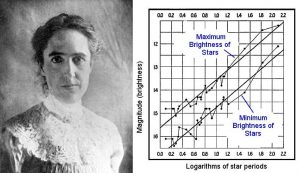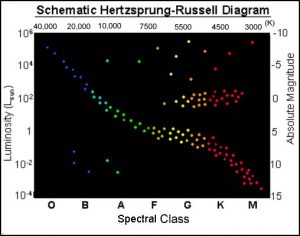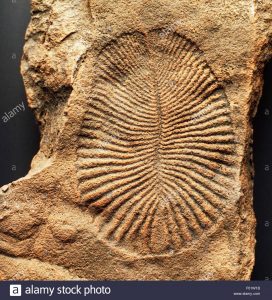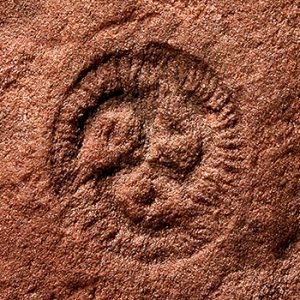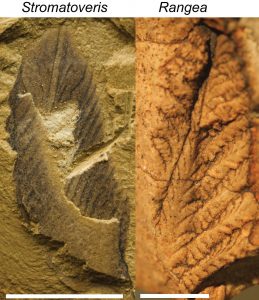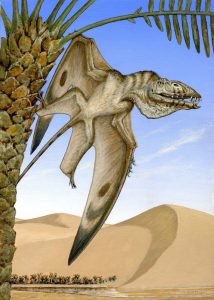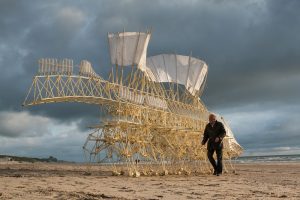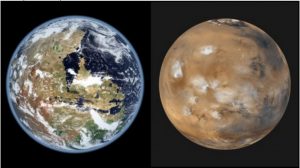So far this year has turned out to be a pretty mild one as far as Space Weather is concerned. What’s Space Weather, you ask? Isn’t space a vacuum and you can’t have weather is a vacuum, can you?
It is certainly true that the density of matter in the space between Earth, the Moon and the other planets is usually less than ten atoms per cubic centimeter, that’s less than one billionth billionth of air density at sea level! Not only is the density extremely low but the matter that is out there is usually in the form of elementary particles, protons and electrons rather than stable atoms. How could such nothing have anything that could be called weather?
Well it turns out that while there may not be very much out there, what there is has a lot of energy in it. In fact those few protons and electrons go speeding through the Solar system at more than 10,000 times the wind speed of a hurricane! And since those particles have electric charge at that speed they can generate some pretty powerful voltages and magnetic fields.
As you might guess space weather is almost totally dominated by the Sun with more than a million tons of material evaporating away from the Sun’s surface every second. Known as the Solar Wind this flow of particles was first predicted in 1957 by the astrophysicist Eugene Parker, for whom NASA’s new Parker Solar Probe is named.


It is the Solar Wind that is responsible for both the Aurora and the belts of radiation that circle the Earth known as the Van Allen belts. Further out in space it is the Solar Wind that generates the tails of comets and which keeps those tails pointing away from the Sun.
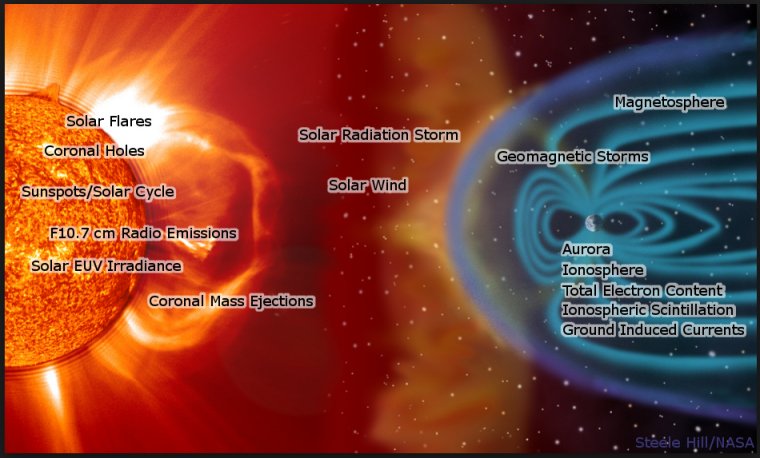
The power of the Solar Wind varies with the Sun’s approximately eleven-year sunspot cycle and right now the Sun has been quite quiet. During periods of intense sunspot activity however the Solar Wind becomes not only more powerful but more erratic, with massive explosions on the Sun’s surface called Solar flairs blasting out millions of tons of material generating events known as Coronal Mass Ejections or CMEs.
Although it went unrecognized at the time, the first detection of a CME striking the Earth occurred in early September in 1859! On the first of September that year British astronomer Richard Carrington noticed a bright spot on the Sun, a Solar flair. The next night, the night of the second a huge auroral display was seen over much of northern hemisphere, even as far south as Panama. At the same time the brand new U.S. telegraph system experienced unexplained electrifications with operators being shocked and telegraph paper being set on fire.
A similar strike by a CME today would destroy most of the satellites we have in orbit and lead to massive electrical blackouts here on Earth. In fact a magnetic storm from the Sun in March of 1989 is credited with causing a total blackout of the Hydro-Quebec power grid in Canada. Also, the effect that so much radiation might have on astronauts out in space is still unknown but is expected to be a serious health risk.
These days NASA and other space and scientific agencies keep a constant watch on the Sun using satellites such as the joint NASA-ESA Solar Heliospheric (SOHO) and the Solar-Terrestrial Relations Observatory (STEREO) spacecraft. To these satellites will soon be added the Parker Solar Probe, a spacecraft that will travel closer to the Sun than any other man-made device ever has. A daily report for space weather is now being issued to provide warnings for satellite operators, communications corporations as well as power grid utilities.

Many scientists and engineers are presently working to develop technologies to protect our electronic infrastructure against the ravages of extreme Space Weather; I know quite a few of them in fact. But the next solar storm could strike at almost any time and there’s a great deal of work to be done. If you’d like to visit NOAA’s website for the daily space weather report click on the link below. (It’s a really cool site!)
A hundred years ago Space Weather was completely unknown and almost impossible to detect. As our modern societies grow ever more dependent on electronics however the destructive potential of Space Weather is one more way that outer space is now becoming a place that we need to pay close attention to.



